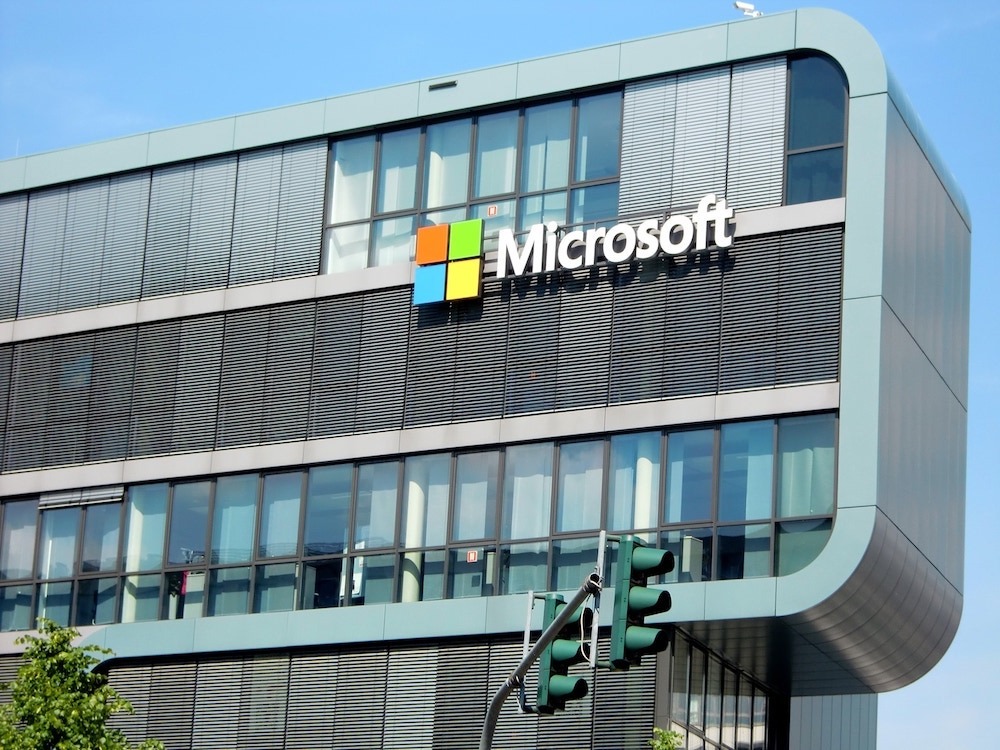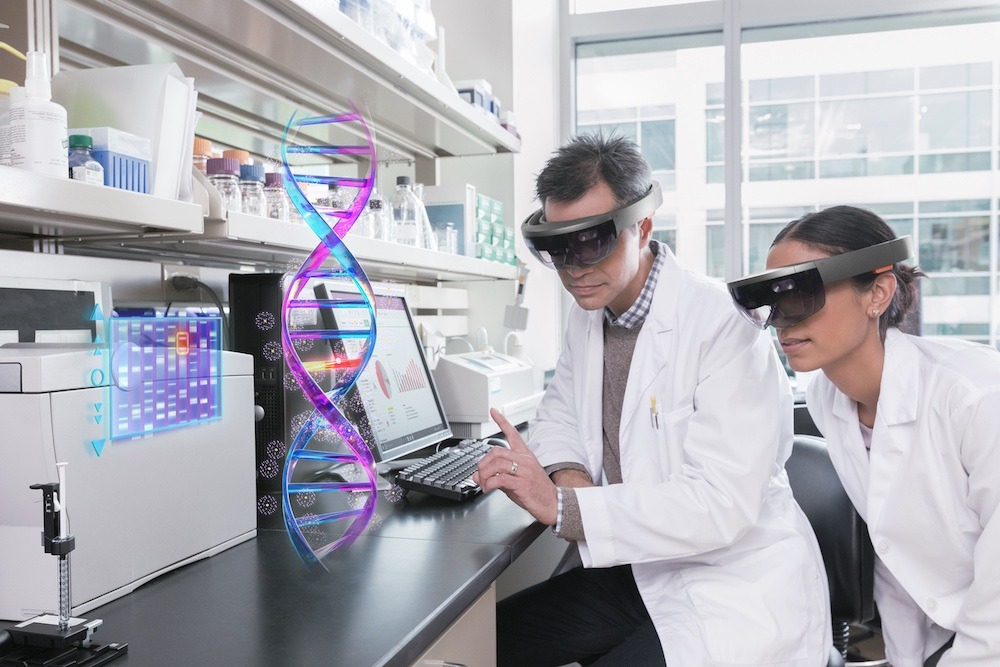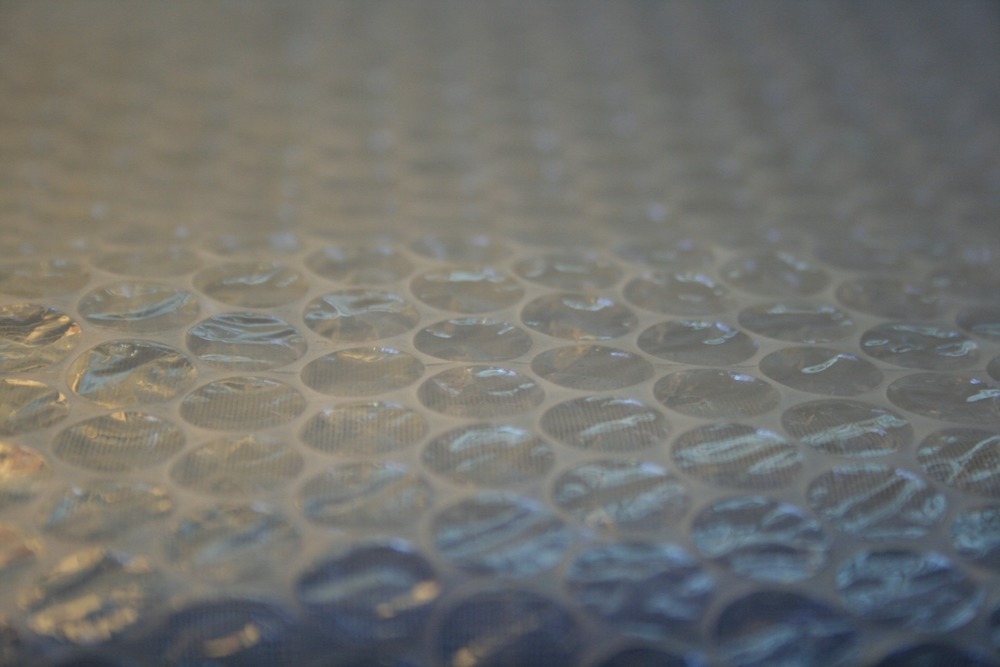Microsoft's packaging department uses software to simulate and model packaging designs early on the development process

Microsoft has set ambitious sustainability goals for its packaging products (Credit: Peakpx)
At the start of 2020, Microsoft announced plans to become carbon negative by 2030. Speaking at a webinar hosted by non-governmental organisation the Sustainable Packaging Coalition, the tech company’s global packaging manager Jeff Loth explained what his department is doing to help meet these goals.
Microsoft is one of the world’s biggest tech companies, with more than one billion people using its latest operating system Windows 10.
Founded by friends Paul Allen and Bill Gates in 1975, the multinational business currently operates in about 210 countries.
Since its foundation, the company’s carbon emissions have steadily grown, with estimates it will generate 16 million metric tonnes of carbon in 2020.
In January of that year, the firm announced plans to be carbon negative by 2030.
Microsoft also said that by 2050, it will remove from the environment all the carbon it has emitted either directly or by electrical consumption since it was founded in 1975.
As part of this work, almost every department across the business has devised its own sustainability goals — including packaging.
Jeff Loth, the firm’s global packaging manager, said Microsoft is displaying leadership in the sustainability space.
He added: “It’s really driving a lot of passion and momentum around what more we can do on the packaging side of things.
“I see it as 100% equal to all those other factors as it’s not a ‘nice to have’, it’s a ‘must-have’ — and there’s a lot more we can do.”
Microsoft global packaging manager Jeff Loth on the firm’s 2020 and 2030 sustainability goals
As part of its shift towards more sustainable products, Microsoft’s packaging department set itself a set of sustainability goals to meet by 2020.
Originally outlined in 2016, it set out six key areas it was targeting.
These included increasing the recycled paper content in its packaging from 70% to more than 90%, improving its global recyclability by 20%, making products 10% lighter, and producing more space-efficient packaging.
The department also wants to reduce its emissions and the number of fossil fuels its uses.

To hit these goals, the design team uses these as guidelines when developing a new piece of packaging.
Loth said: “We tend to rate the solutions and various options with these key criteria, and then there’s a business decision to be made with the key stakeholders.
“We’ll have a design review, bring in samples and the data — made up of sustainability, cost, and performance and testing — together.
“More broadly, when we’re developing the packaging we have a pretty robust set of steps in the manufacturing process.”
As part of its ambitions for 2030, the department is going to begin to focus less time on areas such as light-weighting and more time on moving towards circularity — where products are designed to be reused.
How Microsoft is using software to optimise its packaging products
A critical component that’s part of Microsoft packaging’s sustainability work is reducing the number of materials that it uses.
To help achieve this, the packaging department uses modelling and simulation tools early in the development process.
The team builds a virtual world where they can assess multiple design features and material choices, giving designers a variety of options before they get to physically building the packaging.

Loth believes it’s a hugely important piece of software, because in the past there was “a lot of trial error on testing”.
He added: “We would learn, modify and then test again. It went through a lot of time and materials to actually do all these tests, so getting a virtual simulation early has been a big help.
“It’s still evolving a lot and, while I think it’s hugely valuable, I would caution it’s not that easy to do.
“There’s a lot of prep work that has to happen to effectively use those kinds of systems.”
Packaging boss Loth on product protection
A critical consideration packaging manufacturers have to take into account is how well their packaging protects a product.
According to research by UK packaging materials distributor Network Packaging conducted in 2017, 59.3% of consumers say that knowing their goods arrive safely is a high priority.
Alongside this, 59% of buyers said too little packaging was the cause of product being damaged.
Loth believes, when it comes to product protection, there are a few basic elements that must be addressed.

He said: “There are aspects to protection from shock, vibration, and compression that can lead to things getting physically damaged, but there are also other aspects that aren’t traditionally seen as protective packaging.
“These include areas of environmental protection, guarding products against moisture, oxygen — but the fundamental role of packaging is to provide an item with protection.
“In industry circles, protective packaging has traditionally been talked about in terms of padded mailers, cushioning systems, and foam.
“Looking at it a little more broadly, there are even other elements to protection related to security and authenticity — and things like watermarks and technological solutions lend themselves to this area.”
